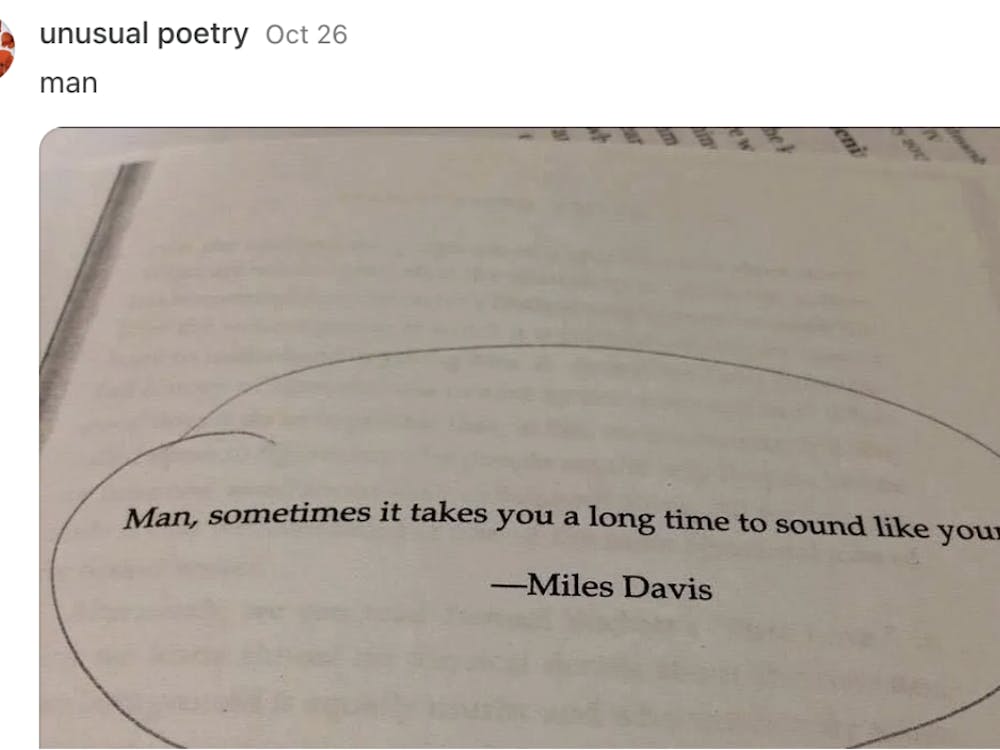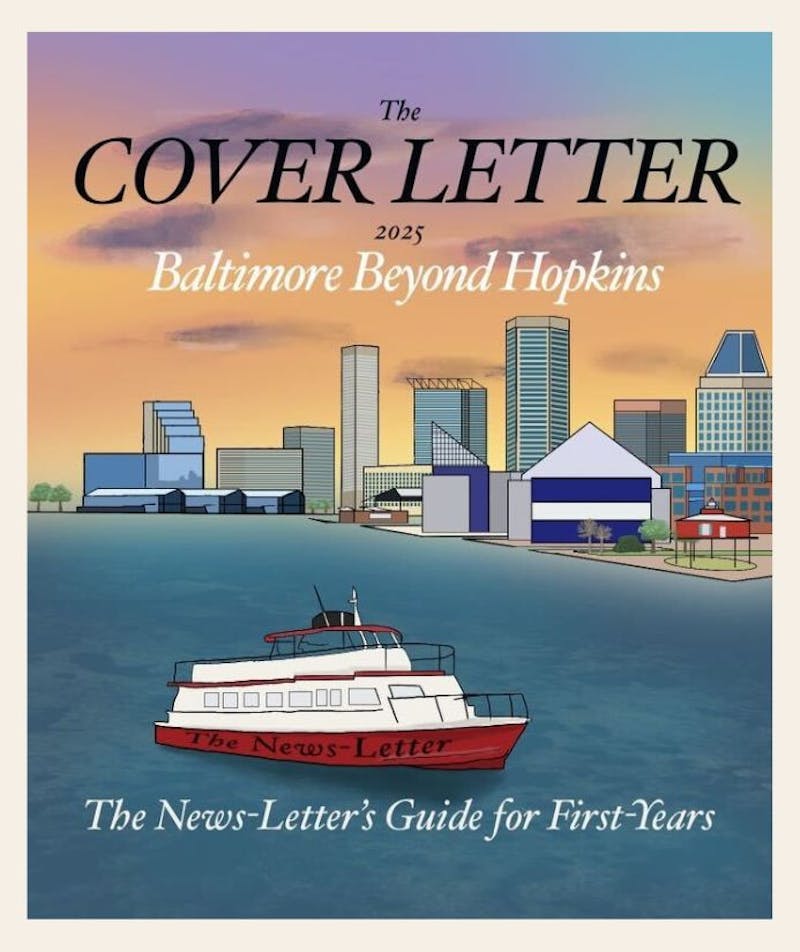Reading “University students respond to the assassination of Charlie Kirk,” I was impressed by the way the paper addressed it: How do we protest the violent suppression of opinions while acknowledging the damage a person’s platform may inflict? As a student paper publishing an article on a political assassination is no small matter. It carries ethical weight and needs to approach the issue thoughtfully, considering how it can divide the campus community.
What The News-Letter and Hopkins did well
I think The News-Letter deserves credit for several things. The article presented a range of student opinions, most critical of Kirk, yet honest and thoughtful. One student admitted they could not mourn someone whose campaign harmed marginalized people, though they opposed political violence. That kind of honesty matters.
The piece also avoided reducing the event to partisan sides. It tackled the tragedy from a wider angle, discussing political extremism and the threat of violence on free speech at college campuses. Instead of having readers view the shooting as an isolated event, the piece connected it to a troubling, ongoing problem.
What could have been stronger
I think the article was good, but not flawless. There are a few aspects I think it could have improved on. It could have addressed the university’s official response. Did Hopkins issue a statement, hold forums or provide counseling? None of this was mentioned in the article, leaving readers with no sense of how leadership responded.
It also stopped at immediate reactions following the shooting, yet a follow-up piece hasn't been published. Do students feel unsafe now? Were there any events that got canceled? Did campus discussions shift? A follow-up would have shown how the climate changed.
Framing is important. While being generally fair, the piece leaned toward voices condemning violence while framing Kirk’s words critically. The writer of the piece did attempt to include diverse perspectives, but the overall balance still reflected the political lean of campus. In cases like this, editors could strengthen coverage by briefly explaining why a majority of views point in one direction — so that readers understand this as a product of context, not omission.
Sensitivity is crucial. Reporting on violent death can cause harm if mishandled. Did the article include content warnings? Did editors consult counseling staff? Did they center voices of those most directly affected? Approaching the issue with a more sensitive reporting may not be able to erase the pain of a situation, but they can influence the results of coverage: it can help readers process it or simply leave them distressed.
Hearing from the author
I spoke with the article’s writer and a News & Features Editor, Kaylee Nguyen, to better understand the intentions and logistics behind the piece. She said her “most insistent thought” was to remain “impartial” despite her own passions.
“It can be difficult to separate your own biases from an article — especially when it centers around a divisive issue you’re passionate about. I knew this article was essential for the betterment of Hopkins as a whole, and that it was especially important that I get it right.”
When discussing student journalism and her work in The News-Letter, she emphasized the importance of encouraging open dialogue, highlighting that this is why journalism demands sacrifice.
“Speech and press are two of the most important freedoms. They allow for the distribution of truth and open discussion. No matter your identity, your morals or your politics, dialogue is essential for education,” she wrote. “Journalism is a tool to create a greater good and promote a better world — you must sacrifice a part of yourself and your ideals to increase dialogue.”
Looking back, Nguyen wished she had pushed harder for responses, and explained the necessity of having discussions applies to a lot of topics journalism can tackle.
“Many students felt hesitant to provide context due to [the] fear of being targeted, which should not be the case,” she explained. “The biggest lesson that Hopkins and The News-Letter should take away is that speech and press are absolutely essential. No matter how ‘cruel’ or ‘stupid’ the topics are, we all must be open for conversations about difficult topics to open avenues for education and worldly betterment. We must promote diverse voices and encourage everyone to speak out without fear.”
Her words underline the stakes: covering violence is not only about narrating events, but also about creating conditions where communities can keep speaking — and keep listening.
What we should learn and do
It is not one event that defines us, but how we respond. Hopkins and The News-Letter can carry forward several lessons.
Institutional engagement should be visible. Making a single statement is not enough. Leaders must hold open dialogues, town halls and listening sessions. They need to support vulnerable students and provide mental health help proactively.
Student media also has a key role. After a crisis, editors should ask: Did we give everyone a fair chance to be heard? Did we publish something that put people at risk? These questions must be revisited over time, when coverage can be reassessed with clearer eyes.
The News-Letter’s Staff Manual and Policy Guide includes rules on handling deaths, anonymity and other sensitive matters. However, there is still room for the newsroom to go further by developing clear guidelines for covering violence. The Editorial Staff must discuss and come to an agreement on when to include content warnings, how to approach reporting on tragedies and in what ways the representation of marginalized voices can be ensured.
My take as Public Editor
While it is difficult to achieve perfection, The News-Letter should be open to growth: to learn from missteps, listen and respond with integrity.
This tragedy is bigger than one campus. Hopkins must remain a site of debate, dissent and dialogue. What matters most is what comes after: Do we listen again? Do we follow up? Do we make space for lingering pain?
The challenge is this: political life remains shaped by violence, and we cannot just react. We must keep asking critical questions: Who gets heard? Who feels safe? Who feels silenced? Our response is measured not by the first reaction, but by what happens next. Due to this reason, the headline should not be the end of the story and the paper must track the effects of news over time, rather than letting them fade from memory.





